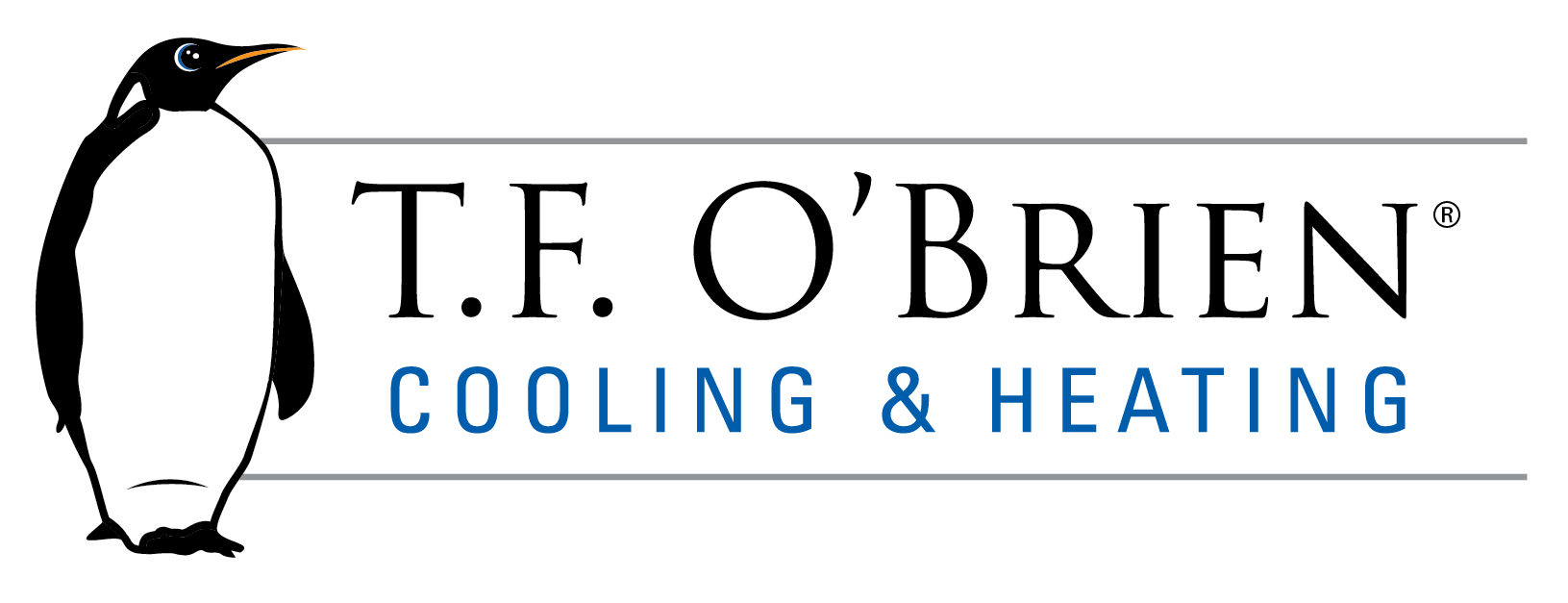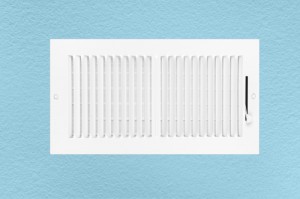Modern Heating Systems Need Proper Ventilation
It’s a cold winter day in Suffolk County. You’re home alone, freezing because you don’t want to waste energy by turning the heater up. So, thinking it will help, you go around the house and close air vents in empty bedrooms. It seems logical that restricting airflow from your heater or air conditioner will save energy or work faster, but the opposite is true.
Modern building methods and new HVAC technology have changed the way houses are heated and cooled. In older homes, the above-mentioned method may work. In new, well-insulated homes, closing air vents can raise the air pressure in a room, which can draw in cold air from the outside and reduce the efficiency of your heater. Also, the increased air pressure can cause leaks in the ductwork. Either way, it makes the system work harder.
Finally, since modern equipment is closely matched to the size of your home, changing the volume of the heated air in the home by closing air vents can overwork your heater and damage it. Reduced airflow to certain areas can also lead to ice forming in the ductwork.
If you want to control the temperature in different areas of your house, think about installing a zoning system, which divides your home into “zones” for specialized temperature control.
For more information about closing air vents and how it affects your Long Island home or for advice on alternatives, contact us at T.F. O’Brien Cooling & Heating. We’re an award-winning team of professionals who can tackle all the HVAC needs of homeowners in Suffolk and Nassau counties.
Our goal is to help educate our customers about energy and home comfort issues (specific to HVAC systems). For more information about other HVAC topics, download our free Home Comfort Resource guide.
Image via Shutterstock.com

